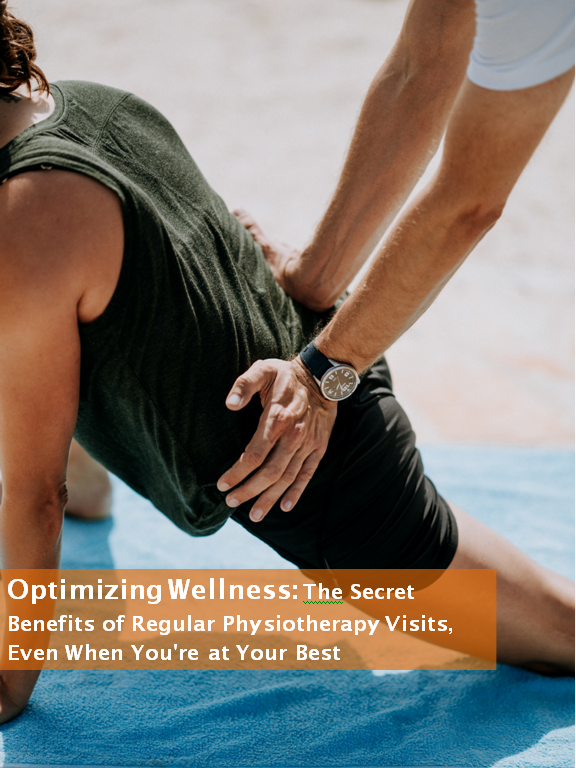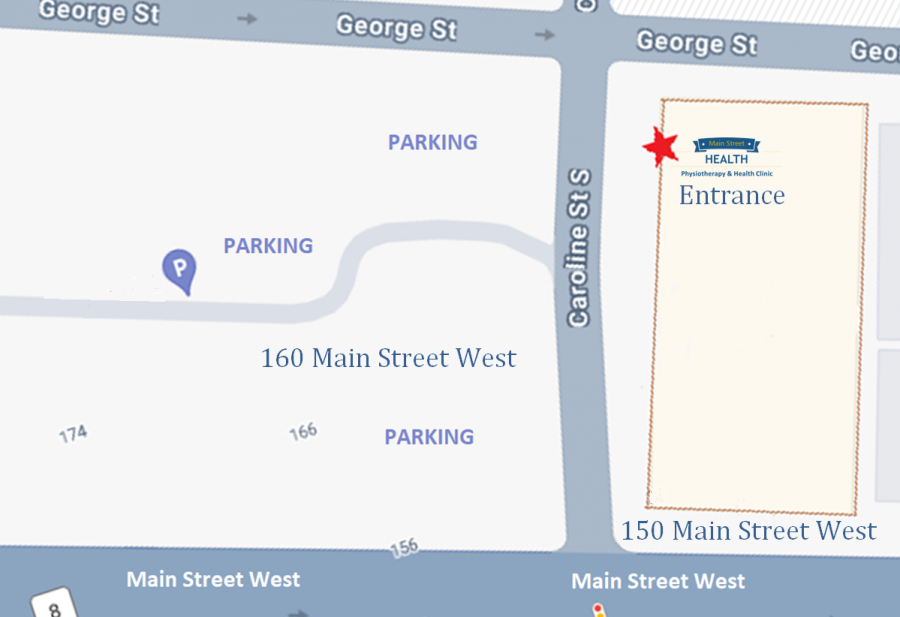
We often associate a visit to the physiotherapist with injury or chronic pain management. However, what many people don’t realize is that regular maintenance visits to a physiotherapist can be incredibly beneficial, even when you’re feeling better. These visits go beyond just addressing pain; they can help you maintain and improve your overall physical well-being. In this blog, we’ll explore the advantages of seeing a physiotherapist on maintenance visits, even when you’re not in pain anymore.
Preventive Care
Just as you visit your dentist for regular check-ups to maintain good oral health, seeing a physiotherapist for maintenance visits can be thought of as preventive care for your body. These visits allow the physiotherapist to identify and address minor issues before they become major problems. By doing so, you can prevent injuries, maintain good posture, and enhance your overall physical health. Preventive care can save you from future pain and discomfort.
Improved Mobility
Maintenance visits to a physiotherapist can help improve your mobility and range of motion. Even when you’re not in pain, your body may not be functioning at its optimal level. Physiotherapists can assess your flexibility, joint function, and muscle strength, and they can provide you with exercises and techniques to enhance your mobility. This is particularly beneficial for athletes or anyone looking to maintain an active lifestyle.
Customized Exercise Programs
Physiotherapists can create personalized exercise programs tailored to your specific needs and goals. These programs can help you maintain and even improve your physical condition. Regular maintenance visits allow your physiotherapist to track your progress, adjust your exercises, and ensure you’re following a program that suits your body’s unique requirements.
Postural Correction
Poor posture is a common issue in today’s world, often leading to various aches and pains. Physiotherapists can help you correct your posture by providing guidance and exercises to strengthen the muscles responsible for maintaining proper alignment. By addressing postural issues during maintenance visits, you can prevent discomfort and reduce the risk of more serious conditions.
Stress Reduction
Physical well-being and mental health are closely connected. Physiotherapy can help reduce stress and promote relaxation. Techniques such as massage, manual therapy, and exercises designed to release tension can improve your overall sense of well-being. Maintenance visits can serve as a valuable opportunity to de-stress and rejuvenate both physically and mentally.
Better Quality of Life
By proactively maintaining your physical health through regular physiotherapy visits, you can enjoy a better quality of life. This approach allows you to stay active, enjoy your favorite activities, and live life to the fullest without being hindered by pain or mobility limitations.
Regular maintenance visits to a physiotherapist are not just for those in pain or recovering from injuries; they are essential for anyone looking to maintain and enhance their physical well-being. The preventive and proactive approach offered by physiotherapy can help you stay mobile, maintain proper posture, and enjoy a higher quality of life. So, even when you’re feeling better, consider making physiotherapy a part of your routine to ensure long-term health and well-being. Your body will thank you for it
Photo by Annie Spratt on Unsplash








